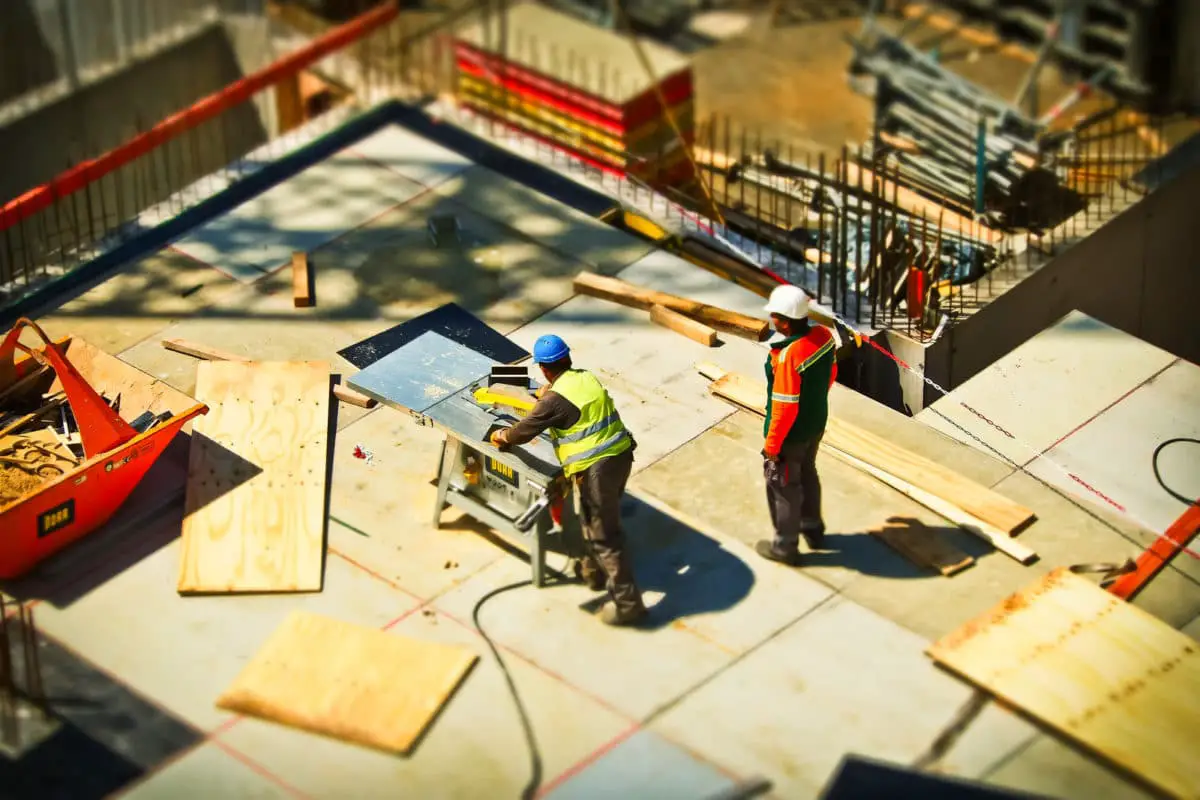If you are involved in the construction industry, you must know how to handle your workers’ safety. Supplying high-visibility safety vests to all your workers is a mandatory step to protect them from danger. But aside from occupational safety requirements, why should you wear a safety vest?
Safety vests provide high visibility to construction workers, decreasing the number of accidents. Safety vests can spell the difference between a life-ending accident or a life-saving decision.
Safety Vests Increase Visibility
Whether working at night or on the highway, a highly visible human shape is less likely to be struck by a motorist or equipment operator.
Safety vests help reduce accidents from civilian vehicles or from heavy machinery by utilizing highly reflective surfaces. These “hi-vis” features reflect vibrant light gathered from the environment.
Some safety vests even have LED lights installed in the chest and back areas to further increase visibility.
Safety Vests Help Identify Employees
Another great use for high visibility safety vests is to identify your team members versus civilians. Using safety vests guarantees you always know who’s who in and around a job site.

On larger projects with multiple construction companies working on the same site, it is easy to become confused who is on your team. This increases the potential for accidents and interferes with communications. Printing your company logo on your team’s safety vests, stenciling the company name, or including a unique color pattern, helps avoid mixing up teams.
If someone without the appropriate safety vest steps into a dangerous construction zone, you know immediately to escort them out. This can minimize the number of civilian accidents, and incidents caused by avoiding civilians.
Safety Vests Reduce Legal Issues
The most obvious reason to require safety vests is to reduce the potential for injury. But it also helps protect your workers’ and your company’s legal rights in the event of an incident.
Both OSHA and the Federal Highway Administration require safety vests that meet ANSI 207 specifications. These can be Class 1, Class 2 or Class 3, types O, R or P. All workers in construction environments — whether roadway or off-road — must wear ANSI safety vests to minimize legal liability.
A worker who is injured from being struck by a moving vehicle while wearing a proper safety vest has a much stronger case against the motorist. If your company required that worker to wear a safety vest on the job, this will also protect you from a potential claim of negligence.
In addition, requiring and wearing safety vests will protect your employees and company from OSHA penalties and denied insurance claims.
Recap: Three Reasons You Should Wear a Safety Vest
High visibility safety vests protect your workers by making them easy to spot and avoid. Safety vests increase visibility substantially. They help distinguish between workers and civilians. Finally, safety vests help protect your employees’ and company’s legal rights in the event of an accident.
UP NEXT: Types of Safety Vests
If you are looking into safety vests for yourself or your workers, we suggest reading our High-Visibility Safety Vest Buying Guide.
